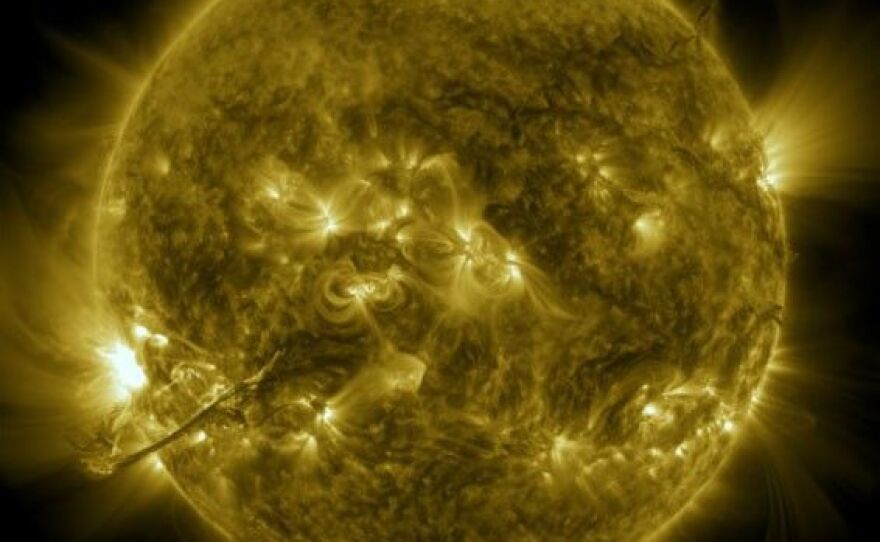Arcturus: A Star Worth Saluting: On the next clear evening around 8 p.m., look west and halfway up the sky—you’ll spot Arcturus, a bright pastel-orange star and the fourth brightest we can see from Earth. It once famously opened the 1933 Chicago World's Fair with its light and is unique among bright stars for its wild, plunging path through space. Unlike stars that circle with the Milky Way, Arcturus is just passing through—so catch a glimpse while you can. It's the brightest thing in tonight’s sky… and it won’t be there forever.

Play Live Radio
Next Up:
0:00
0:00
Available On Air Stations






